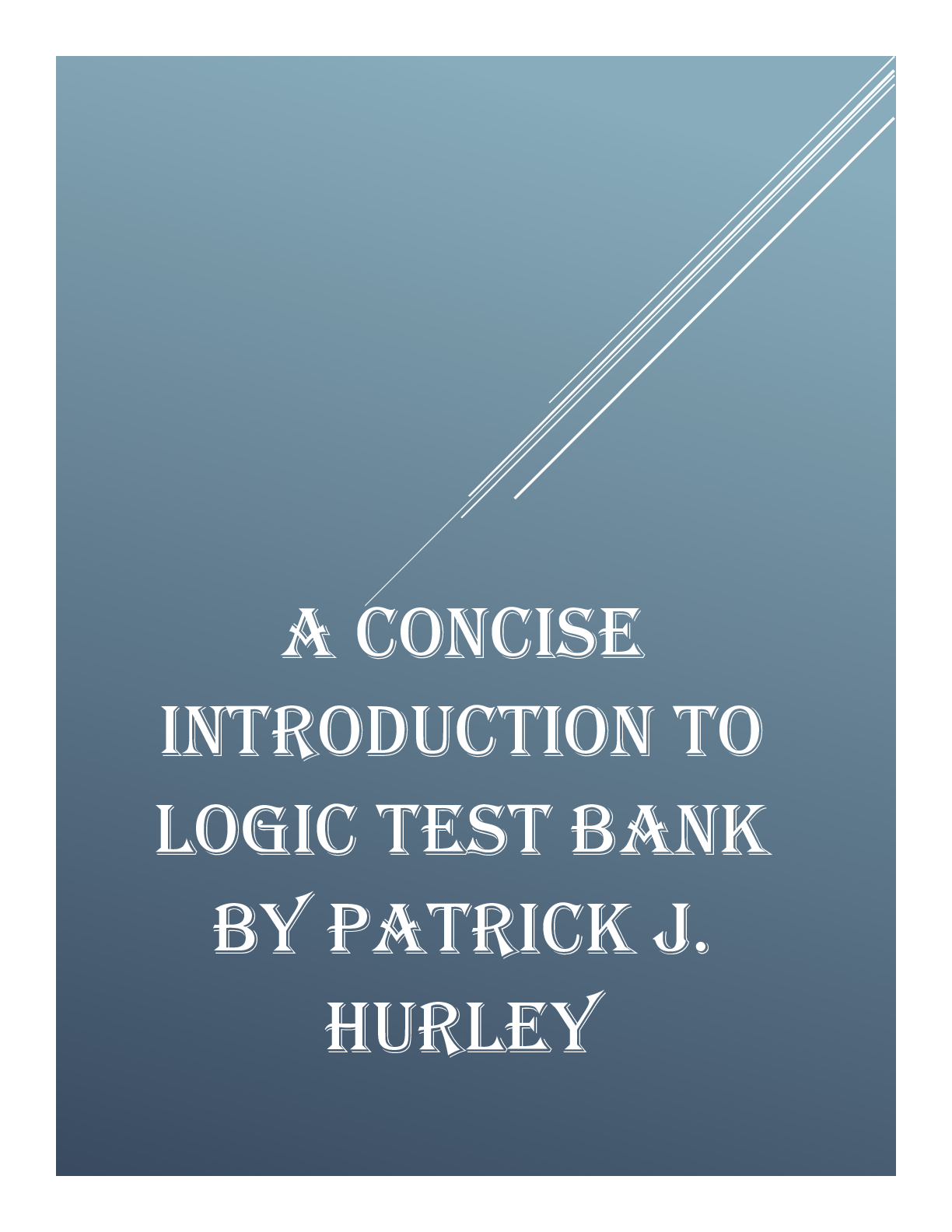Finance > TEST BANK > FINANCIAL RISK MANAGER HANDBOOK + TEST BANK FRM PART I PART II BY PHILIPPE JORION, GARP (GLOBAL ASSO (All)
FINANCIAL RISK MANAGER HANDBOOK + TEST BANK FRM PART I PART II BY PHILIPPE JORION, GARP (GLOBAL ASSOCIATION OF RISK PROFESSIONALS)
Document Content and Description Below
Fassessed, measured, and managed in order to create economic value. inancial risk management is the process by which financial risks are identified, Some risks can be measured reasonably well. For th... ose, risk can be quantified using statistical tools to generate a probability distribution of profits and losses. Other risks are not amenable to formal measurement but are nonetheless important. The function of the risk manager is to evaluate financial risks using both quantitative tools and judgment. As financial markets have expanded over recent decades, the risk management function has become more important. Risk can never be entirely avoided. More generally, the goal is not to minimize risk; it is to take smart risks. Risk that can be measured can be managed better. Investors assume risk only because they expect to be compensated for it in the form of higher returns. To decide how to balance risk against return, however, requires risk measurement. Centralized risk management tools such as value at risk (VAR) were developed in the early 1990s. They combine two main ideas. The first is that risk should be measured at the top level of the institution or the portfolio. This idea is not new. It was developed by Harry Markowitz (1952), who emphasized the importance of measuring risk in a total portfolio context.1 A centralized risk measure properly accounts for hedging and diversification effects. It also reflects the fact that equity is a common capital buffer to absorb all risks. The second idea is that risk should be measured on a forward-looking basis, using the current positions. This chapter gives an overview of the foundations of risk management. Section 1.1 provides an introduction to the risk measurement process, using an illustration. Next, Section 1.2 discusses how to evaluate the quality of risk management processes. Section 1.3 then turns to the integration of risk measurement with business decisions, which is a portfolio construction problem. These portfolio decisions can be aggregated across investors, leading to asset pricing theories that can be used as yardsticks for performance evaluation and for judging risk management and are covered in Section 1.4. Finally, Section 1.5 discusses how risk management can add economic value. [Show More]
Last updated: 2 years ago
Preview 1 out of 820 pages
.png)
Buy this document to get the full access instantly
Instant Download Access after purchase
Buy NowInstant download
We Accept:

Reviews( 0 )
$23.00
Can't find what you want? Try our AI powered Search
Document information
Connected school, study & course
About the document
Uploaded On
Aug 17, 2021
Number of pages
820
Written in
Additional information
This document has been written for:
Uploaded
Aug 17, 2021
Downloads
0
Views
40


.png)










